If you’re planning a trip to Iceland and want to go whale watching, you might be wondering when the best time to go is. Iceland is one of the best places in the world to see whales, with many species of cetaceans found in the waters around the country.
In blog post, we’ll explore the best season to go whale watching in Iceland en the best time during the day to see the whales.
What Is The Best Season To Go Whale Watching In Iceland?
The best thing about whale watching in Iceland is that you have significant chances of spotting the creature almost all the time. However, April to early October is the best time to see whale in Iceland, with June to August being widely regarded as the “peak season.”
Whale Watching In Iceland During Summer
The summer months in Iceland typically last from May to August, and many people consider it to be the best time for whale watching owing to several reasons.
Firstly, the warm weather, in tandem with the cold waters of the ocean, makes for favorable conditions for the whales. In fact, this is the time when Balmer whales and many other species migrate near the poles for food.
Another advantage of the weather conditions during this time is the reduced chances of storms, meaning the whale watching tours are less likely to get canceled or postponed. Plus, the absence of strong winds keeps the water calm, allowing better access to remote locations, especially on smaller boats like RIBs (Rigid Inflatable Boats). These facilitate an up-close and personal whale watching experience, which is something you definitely wouldn’t forget!
The comfortable temperature also makes it convenient for the tourists to spot the whales from open boats or the cruise decks without getting too cold.
Whale Watching In Iceland During Winter
It’s no secret that the winter months in Iceland (late October to early or mid-April) can get pretty cold, with temperatures reaching the freezing point or below. Furthermore, the long hours of darkness may discourage you from planning a whale watching trip in Iceland in the winter.
However, winter whale watching is becoming a popular activity among tourists. If you can brace the ice cold winds and the rough waters, then you may have a very satisfying whale watching trip. This is because many tourists avoid this season, especially those who are prone to seasickness or can’t bear the extreme temperature.
You can also see a wide variety of whale species in the popular whale watching spots of the country. For instance, the availability of food in the Breidafjordur Fjord (between the Snaefellsnes Peninsula and Westfjords) makes it home to the orcas and humpbacks.
If you travel up to Northern Iceland, you will find the waters flocked by sea belugas, which is not commonplace during the summers. Although they aren’t native to this region, they migrate from the colder Arctic region to the less cold waters of Iceland.
The biggest highlight of a winter whale watching tour is the view of the Northern Lights from the waters. Talk about the ultimate trip!
Which Season Should I Choose? Pros And Cons
Given the fact that you can spot whales in both seasons, we’d say that the decision will depend on your convenience. That said, here are the major pros and cons of each so that you can make a well-informed decision.
Summer Whale Watching
Pros:
- Calm waters and warmer temperatures
- Comfortable conditions for tourists
- Tours are more likely to be successful
- Wide diversity of species
- Tours can be conducted from any coast
Cons:
- Extreme tourist rush
Winter Whale Watching In Iceland
Pros:
- Low tourist traffic
- Excellent chances of spotting belugas
- Scenic beauty of snow-capped mountains
- Better whale watching chances at Breidafjordur Fjord
- Possibility of watching the Northern Lights
Cons:
- The waters may be rough and the temperatures may be extremely cold
Best Season Based on Each Whale Species
Here’s a breakdown of which whale species you can spot in Iceland and in which months:
- Humpback Whales (Megaptera novaeangliae): These whales are commonly spotted in Iceland from May to September, with the highest concentration seen in July and August.
- Minke Whales (Balaenoptera acutorostrata): These whales are seen all year round in Iceland, but are most commonly spotted from April to October.
- Fin Whales (Balaenoptera physalus): These are the second largest species of whale and can be seen in Iceland from May to September, with the highest concentration seen in June and July.
- Blue Whales (Balaenoptera musculus): These are the largest animals on the planet and can be seen in Iceland from June to August.
- Orcas or Killer Whales (Orcinus orca): These whales can be seen in Iceland from April to October, with the highest concentration seen in June and July.
- White-Beaked Dolphins (Lagenorhynchus albirostris): These dolphins are commonly spotted in Iceland from April to October.
It’s important to note that whale sightings are never guaranteed and can depend on many factors, including weather conditions and the natural movements of the whales. However, with a bit of luck and the right timing, you’ll have a good chance of spotting these magnificent creatures in Iceland.
